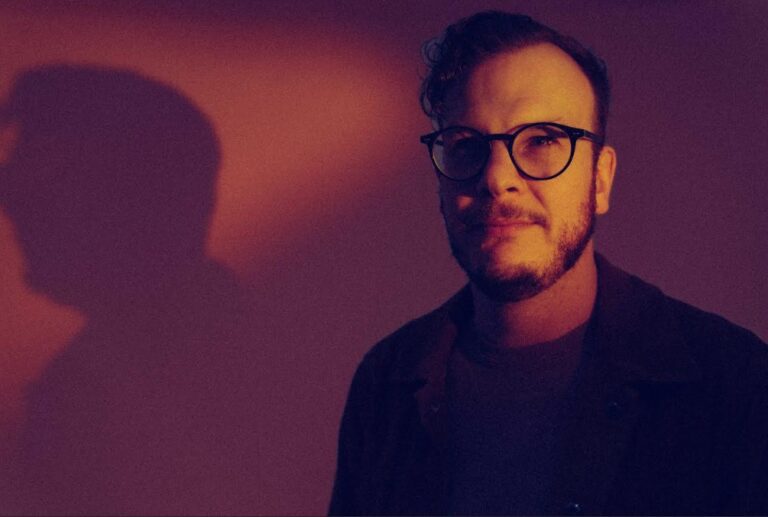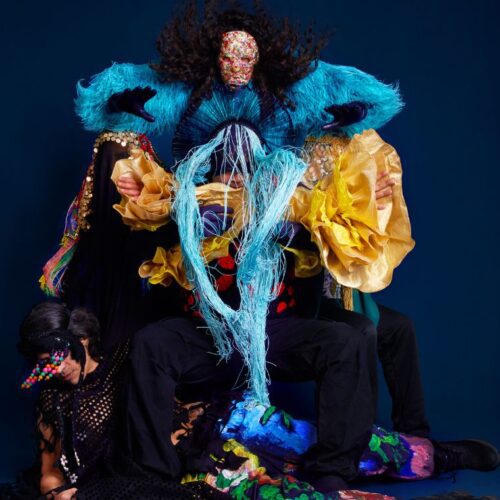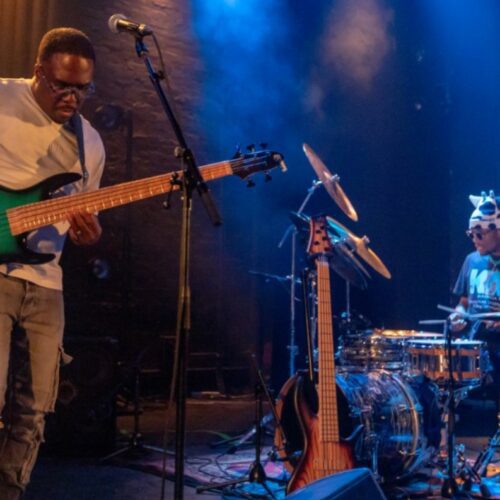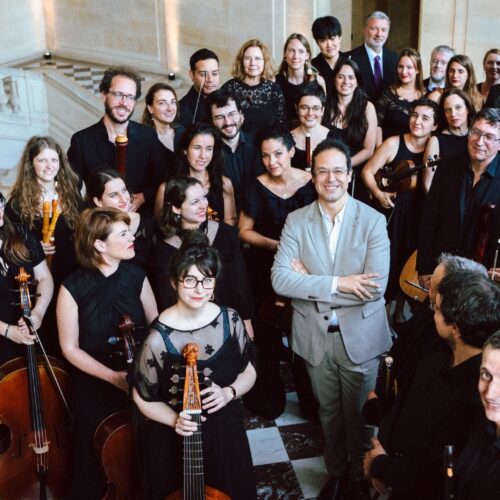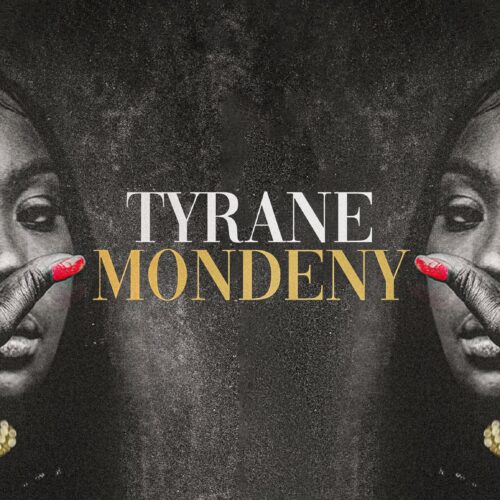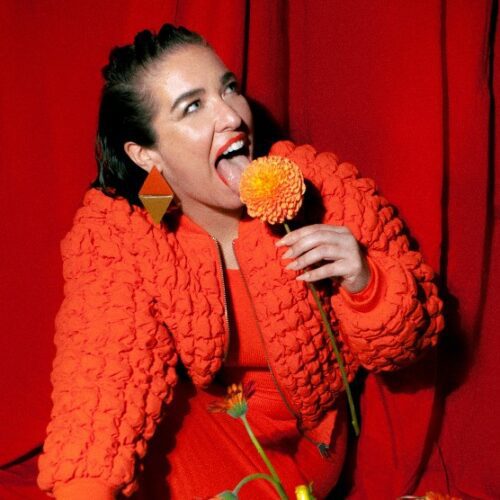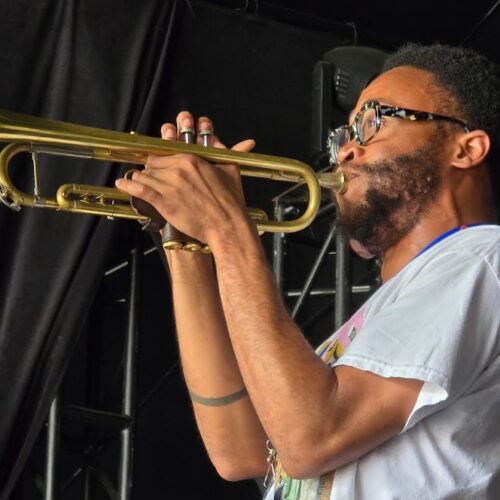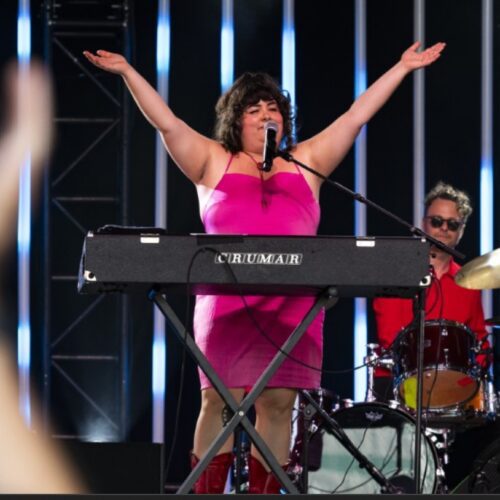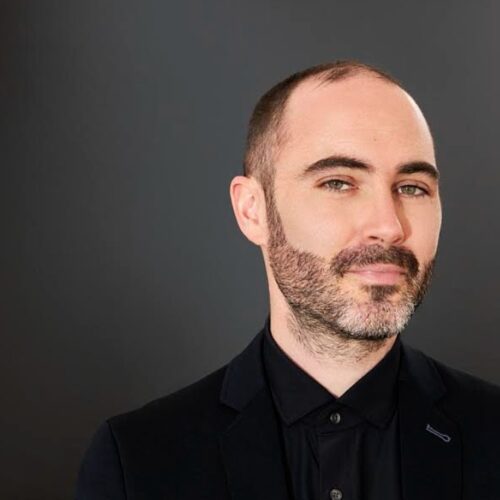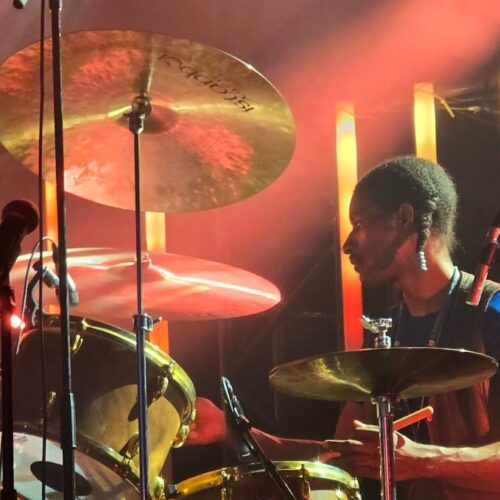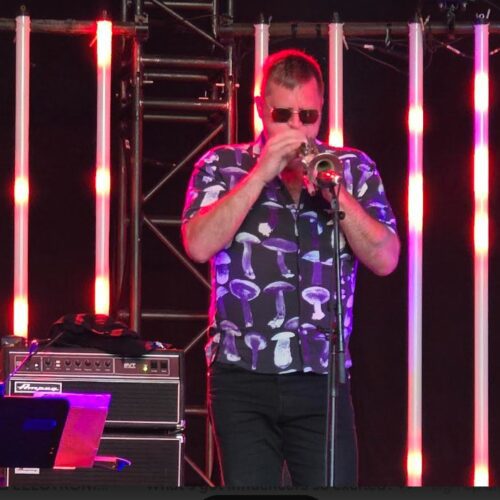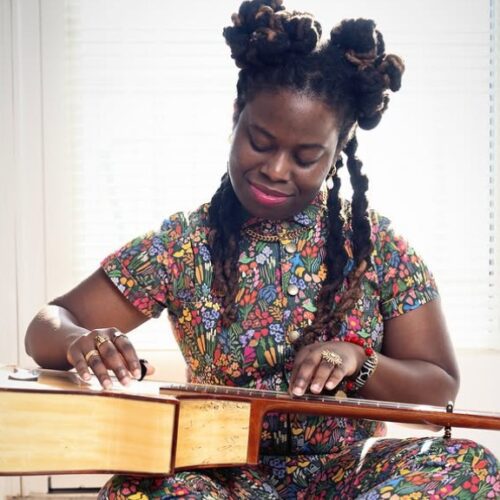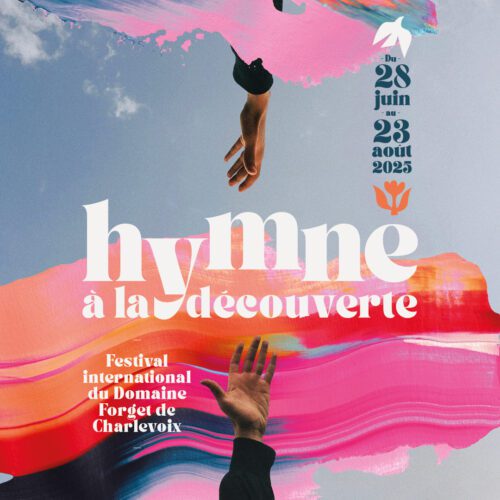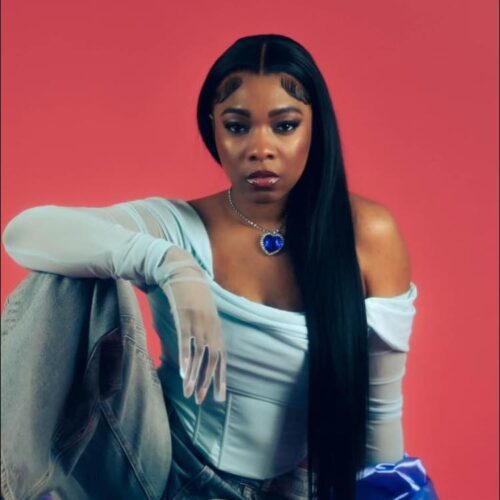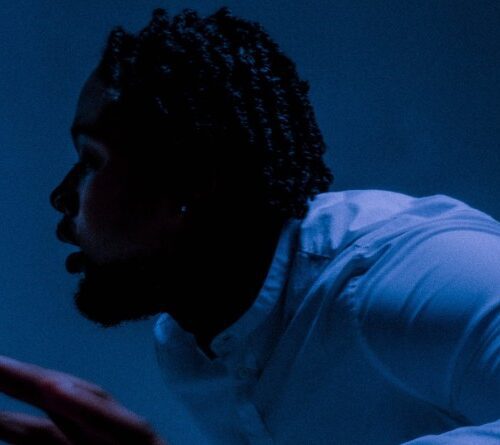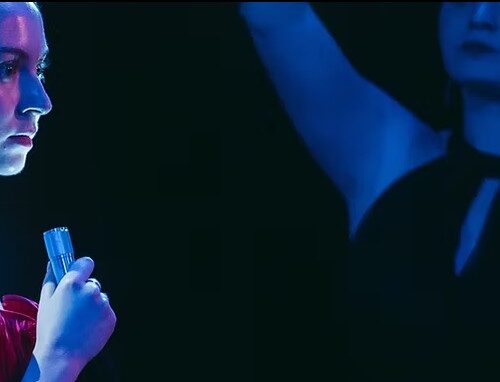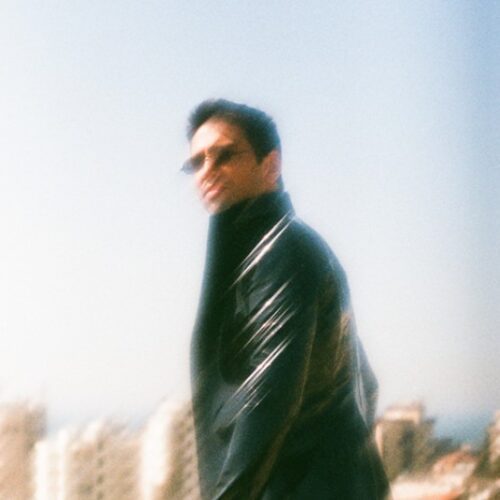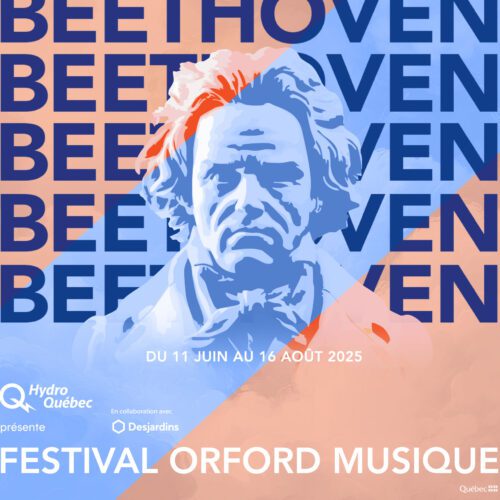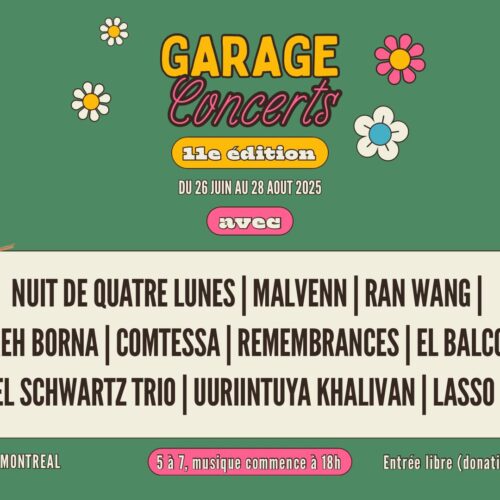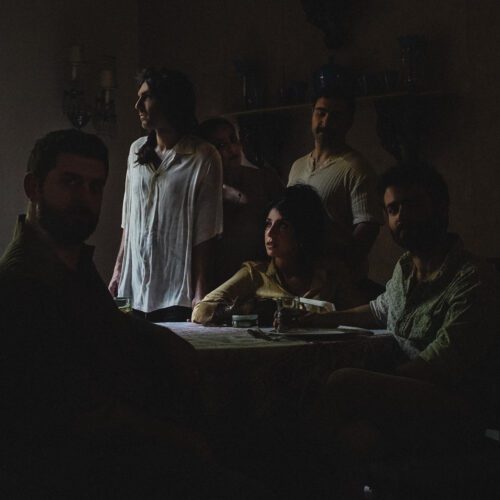Additional Information
From March 8 to 16, for the third year running, Groupe le Vivier presents La Semaine du Neuf. Quebec’s leading presenter of creative music kicks off its event this Saturday, March 8: 13 programs (including an installation) will showcase 25 creations, not to mention other registered works. Focusing primarily on local production this year, La Semaine du Neuf aims to catalyze our openness and curiosity as music lovers towards the composition and performance of creative music, whether instrumental, electronic, audiovisual, immersive, or destined for the good old concert hall.
Before the big launch on March 8, Le Vivier’s artistic director was interviewed by Alain Brunet for PAN M 360. Here, Jeffrey Stonehouse talks about the audiences Le Vivier attracts and comments on its programming, concert by concert.
PAN M 360: Over the last few years, we’ve noticed that Le Vivier’s audience is very varied, multi-generational, and eclectic. Is this the result of a conscious effort?
Jeffrey Stonehouse: We’re working very hard on diversifying our audience. We want to create contexts that resonate with new audiences. We obviously want to continue to do this with Semaine du Neuf.
PAN M 360: How can we satisfy all the audiences who might be interested in the Le Vivier community?
Jeffrey Stonehouse: There isn’t just one audience at Le Vivier. It’s as varied as the people you meet on the subway. We’d like our programming to represent the diversity of our city. It’s a development, a crossover between specialized audiences, the general public, and young audiences/families.
PAN M 360: How can the general public be attracted to such programming?
Jeffrey Stonehouse: Personally, I believe that there are open-minded people everywhere in society, and to me, they’re the hidden fans – college teachers, fans of experimental theatre, spectators looking for more intense experiences, etc. – who can be attracted to this kind of programming. To embark on Semaine du Neuf, you need an opening! The experiences are completely different from one evening to the next, from audiovisual immersion to acousmatics to puppet theater, all anchored in new compositions.
PAN M 360: What is the common thread running through the programming of the third Semaine du Neuf?
Jeffrey Stonehouse: It’s all about creation. We’re presenting 25 creations this year. This takes us to several of the city’s most emblematic venues, with a dozen programs in all, plus an installation by Jean-François Laporte that introduces us to the new Le Vivier venue. The glue that binds this festival is all the facets of creative music. The cement is the new.
PAN M 360: Let’s go ahead and comment on the artistic direction of each program. So with Totem Contemporain’s installation Spirituel under the direction of Jean-François Laporte:
Jeffrey Stonehouse: Espace Sainte-Hilda (6341 Av. De Lorimier near Beaubien) is an Anglican church that Le Vivier shares with the community. Jean-François Laporte’s installation, which is currently on show there, highlights this spiritual place. Jean-François created this installation using bowls, his lutherie allowing for a hyper-meditative experience. Jean-François Laporte’s subtle experience is one in which the public feels no time has passed.
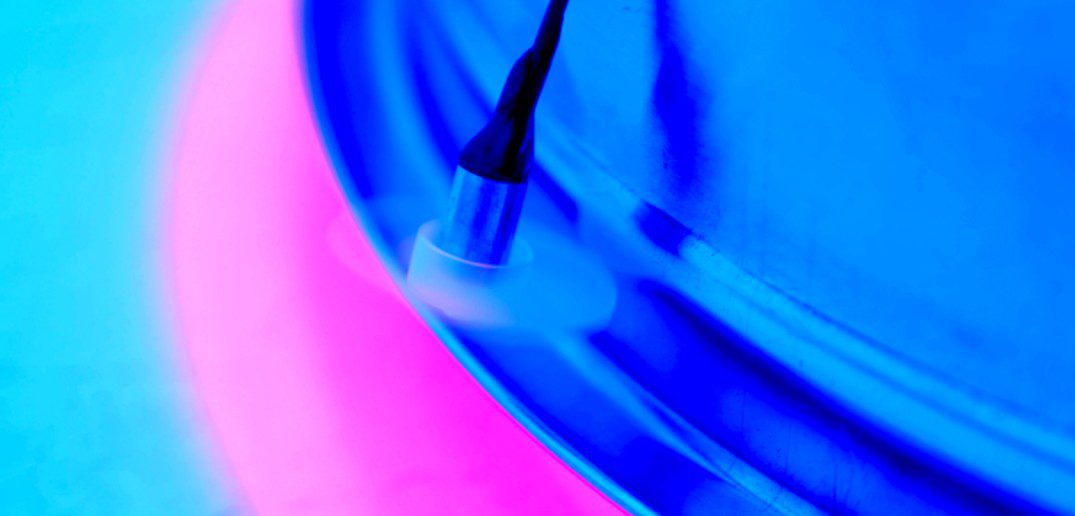
Nanatasis, presented this Saturday and Sunday PM at Théâtre Outremont :
Jeffrey Stonehouse: This program brings together three women, with opera text by Abenaki artist Nicole O’Bomsawin and music by Alejandra Odgers. This program is presented in collaboration with the Casteliers International Puppet Festival. The opera is inspired by three Abenaki legends and features music created for young audiences and families. It is, of course, a junction between creative music and indigenous traditions. In this sense, we find that creations are always interesting, especially for young audiences.
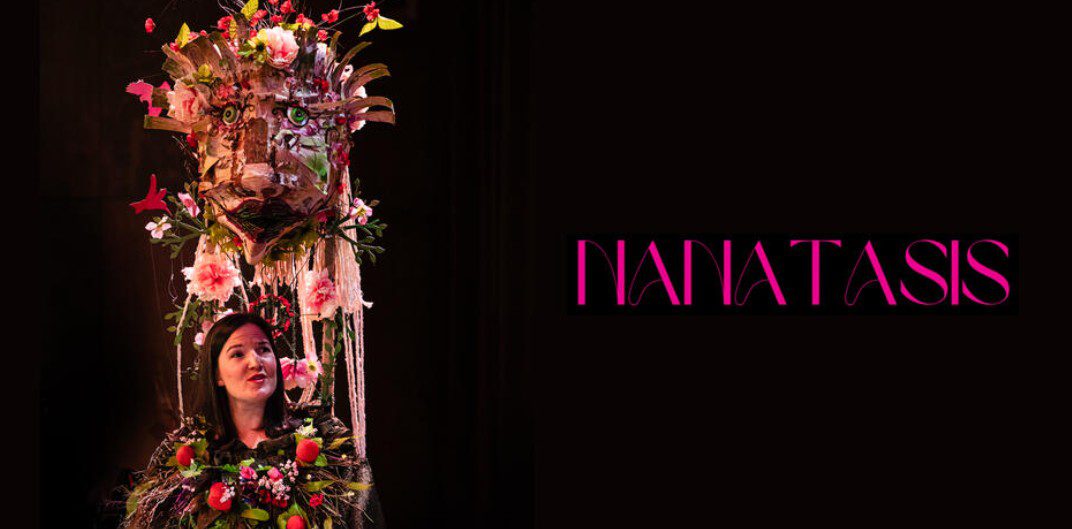
Tout ce qui m’épouvante, the program proposed by the Quasar saxophone quartet:
Jeffrey Stonehouse: Quasar has put together a whole creative concept around Lithuanian composers. There’s also a work that particularly touches me, by Ukrainian composer Alla Zagaykevych ( The Saxophone Quartet/While Flying Up ) who spent several months in residence at Le Vivier. I’m happy to see that her time in Montreal still resonates, especially in the current geopolitical context. I think this statement is important.
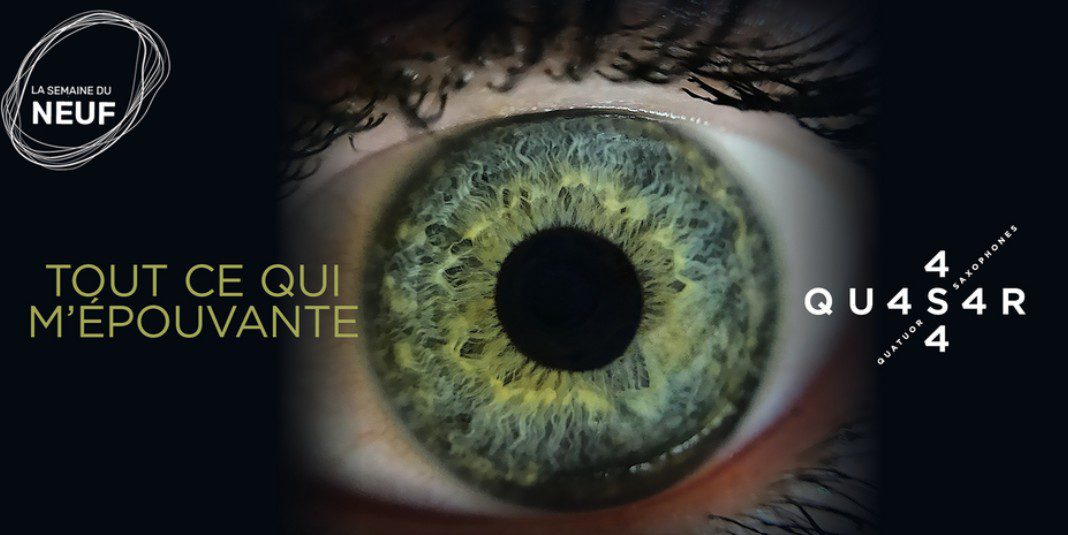
Musiques et recherches : Vous avez dit acousmatique? :
Jeffrey Stonehouse: This program by Annette Vande Gorne and Julien Guillamat is a marathon concert of (mainly) Belgian music. This entirely acousmatic concert is the result of a collaboration between Robert Normandeau and Annette Vande Gorne, and is presented in the MMR and its 64 loudspeakers. The central piece on the program is Annette’s Vox Alia, a cycle in five parts built around the voice as an emotional vector. Julien Guillamat’s Altitudes and the 2nd movement of his Symphonie de l’étang are also on the program. I’d also like to highlight a work by Montreal composer Ana Dall’Ara-Majek, Xylocopa Ransjecka.
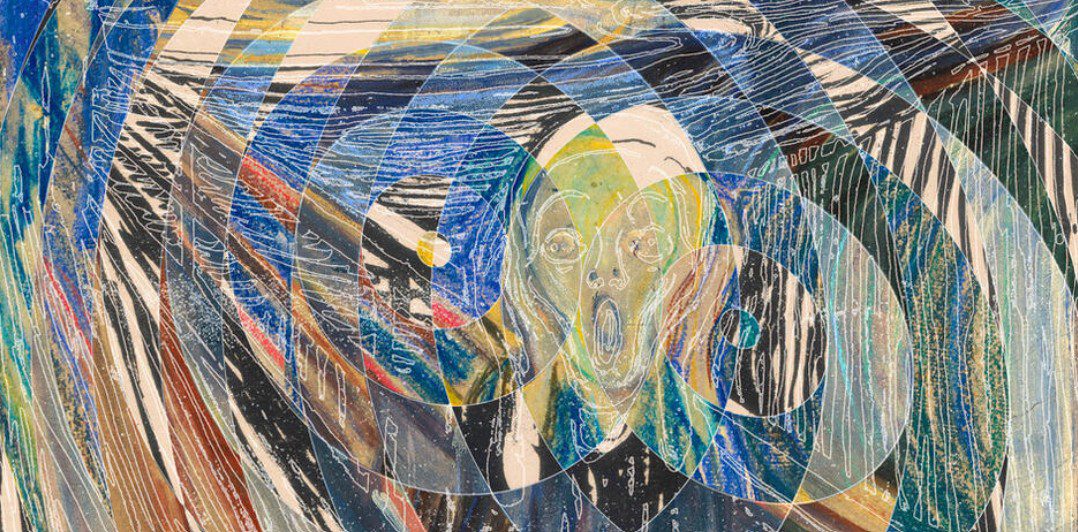
Jeffrey Stonehouse: We’re doing a first test in Longueuil for this residency project at the Maison de la Culture Michel-Robidas. The program is led mainly by Martin Bédard. This is another acousmatic proposal illustrating the richness and diversity of pure electroacoustics. Martin has been developing this project for some time, and it has been incubating here in Longueuil. Why this program? I love Martin’s music, and this is an opportunity to showcase his work as part of Semaine du Neuf.

Paramirabo and Musikfabrik, one of the international encounters :
Jeffrey Stonehouse: One of the interesting things about the festival is the meeting points between the Montreal and international communities. The 2025 edition is more local, but the emphasis on international programming is cyclical, and the March 11 concert is a fine example of a local-international collaboration. Paramirabo welcomes the German ensemble Musikfabrik, a trio led by oboist Peter Veale. Essentially, it’s a double set where each ensemble presents its parts and then everyone joins in. New works by Paul Frehner and Chris Paul Harman will be performed by Paramirabo, those by Dylan Lardelli and Gordon Williamson by Musikfabrik. There will be a few moments of encounter between the two ensembles, including one inspired by an improvisation by Pauline Oliveros involving all the musicians, on the theme of approaches and departures. There will also be a piece by Canadian Rodney Sharman, for English horn and toy piano played by Peter Veale and pianist Pamela Reimer.
à
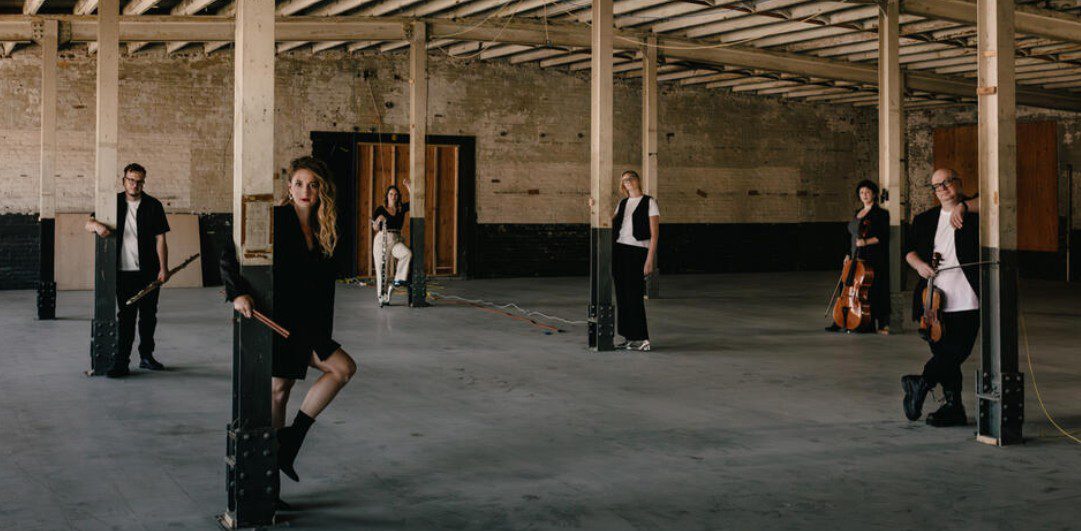
Chants libres | Laboratoire lyric (03) : la voix lumineuse :
Jeffrey Stonehouse: The Chants libres company has set up the Laboratoire lyric, a space for exploration and creation for lyric singing. This time, the focus is on composer Frédéric Lebel, with the participation of scenographer Cédric Delorme Bouchard, performer Jennyfer Desbiens and cellist Audréanne Filion. It’s a triptych combining voice, cello, and electronics, with a dramaturgy provided by lighting design. What will be the glue? I’ll know, as will the audience, at the moment of performance.
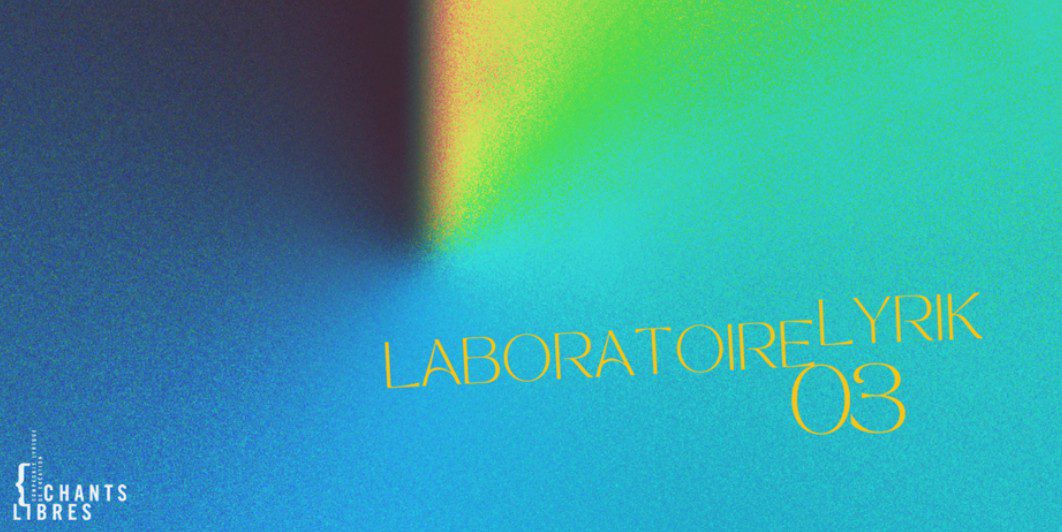
Le Baptême du haut-parleur : Sawtooth et Charles Quevillon :
Jeffrey Stonehouse: Soprano Sarah Albu and accordionist Matti Pulkki have formed the duo Sawtooth. For me, this proposal is a “coup de cœur”, a techno-opera questioning our relationship with technology, particularly through the personification of the loudspeaker embodying technology in our societies. Now based in Finland, Montreal composer and performer Charles Quevillon has worked extensively with dance over the course of his career, and his proposal for this program is highly performative. I can’t wait for the public to discover it!

Effusione d’Amicizia, Quatuor Bozzini :
Jeffrey Stonehouse: My main interest in this program will be a composition by Toronto’s Linda Catlin Smith, who was a student of Morton Feldman. This work unfolds in a soft, relaxed space. In this sense, it’s a minimalist expression. Two other creations by Michael Oesterle and Martin Arnold. The latter’s approach is based on ancient and traditional music, interwoven with today’s psychedelic music. As for Oesterle, this is the continuation of a long collaboration with Bozzini.

Bradyworks : 2 guitars, 2 genérations :
Jeffrey Stonehouse: Two generations of electric guitarists meet. Tim Brady invites Matthew Warren Ruth to share the program. In both cases, we’re talking about the double hat between performers and composers.
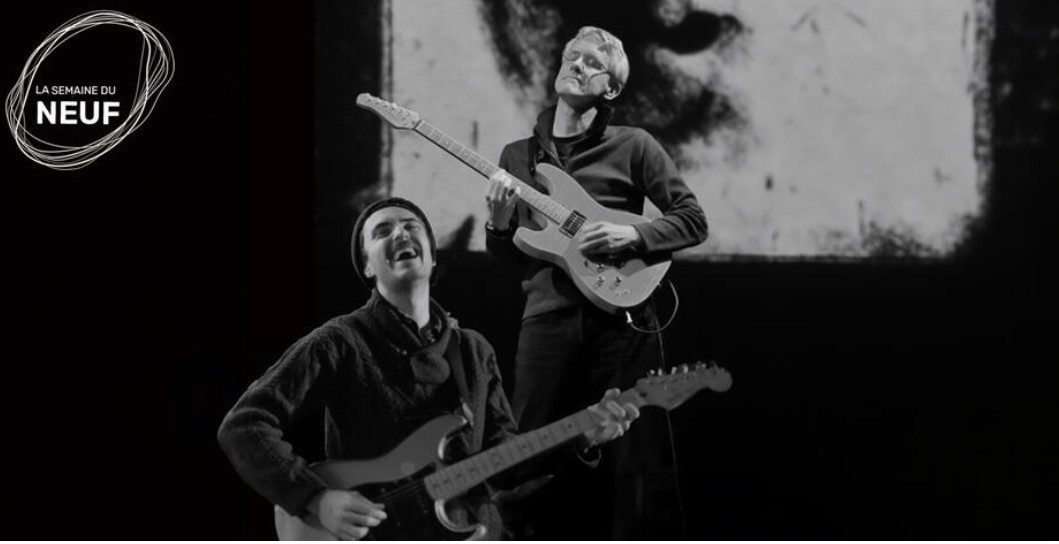
Collectif9 et Architek Percussion : “Quelque part, mon jardin“
Jeffrey Stonehouse : First of all, we have to mention the Opus Prize for its artistic director, Thibault Bertin-Maghit. This project fits in with Collectif9’s aesthetic, which is very interested in what lies at the frontiers of disciplines. The whole experience of “Quelque part, mon jardin” is inspired by Kaie Kellough’s text, with video by Myriam Boucher and Nicole Lizée, and illustrations by Julien Bakvis and Melissa Di Menna. It’s a highly visual experience, moving from lyricism to a kind of groove through Kaie Kellough’s words.
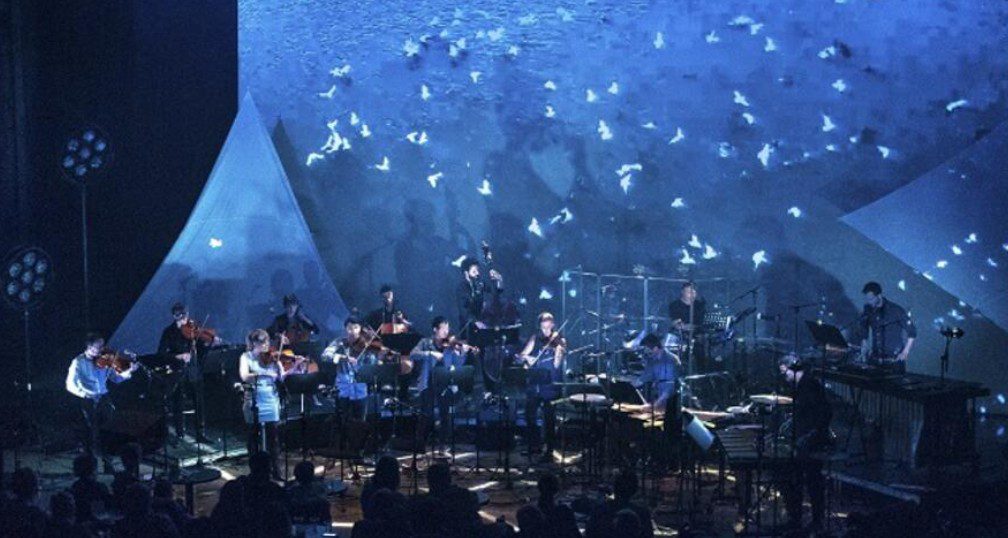
TAK Ensemble: Star Maker / Love Songs – Ana Sokolovic by Kristin Hoff
Jeffrey Stonehouse: For Love Songs, we have three women, including mezzo-soprano Kristin Hoff, performing a huge work by Montrealer Ana Sokolovic. In the same program, New York’s TAK Ensemble will perform a work inspired by Olaf Stapledon’s novel Star Maker, in which we are invited to follow the evolution of human nature from the cosmos. It’s a musical language in suspension, floating through a microtonal approach. It’s something that vibrates. We’re delighted to present this piece.
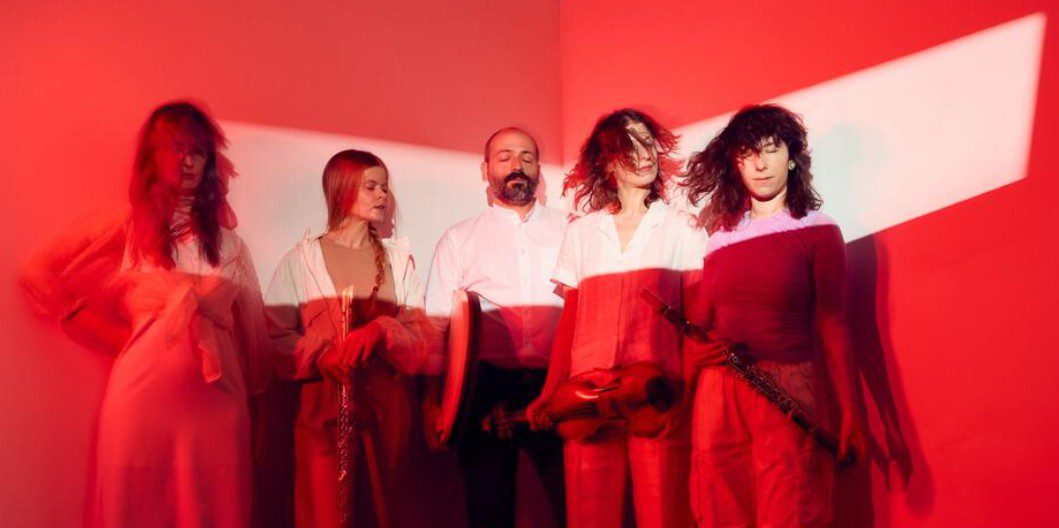
PAN M 360: How do you strike a balance between the dramatic framework of this programming and the artists’ dispositions?
Jeffrey Stonehouse: We have to find a way to strike a balance. Logistics sometimes make things impossible, but concluding with TAK was a conscious and deliberate choice. Our proposal concludes in immersion, all of which makes for a very fine journey for the audience.
